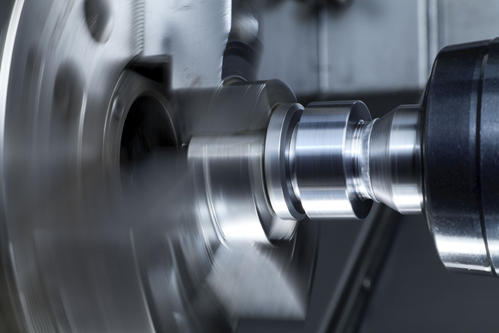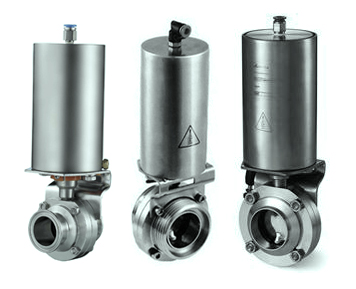How to use Pneumatic Sanitary Valves?

The pneumatic sanitary valve adopts standard electronic polishing, a smooth surface to ensure the cleaning, and it has no media accumulation area and will not generate potential pollution, which is widely used in food, pharmaceutical, cosmetic, clean steam, liquor, beverage, and biochemical industrial process control. Attention should be paid to the use of the pneumatic sanitary valve to ensure its normal operation of it.
The following points should be noted when using pneumatic sanitary valves:
Pneumatic sanitary valve operators should clearly understand the role of each valve and the position in the processing pipeline to avoid the wrong operation, otherwise, it may cause running, mixing, pressure, and other accidents.
The pneumatic sanitary valve packing cover should not be pressed too tightly. It is better to be able to stem sensitive rotation since pressing too hard will increases to stem friction and operating torque. It is not allowed to change or add packing under normal conditions when the valve is working, otherwise, it will incur the risk of medium leakage.
In low-temperature seasons under 0 ℃, pay more attention should be paid to prevent the stop valve from frostbite and open the inside of the bottom plug valve to discharge frozen water timely. The valve that cannot be swept and works continuously shall be kept warm.
When the temperature rises above 200 ℃, pneumatic valve bolt heating will be extended, which is easy to make the valve seal lax. At this time, the bolts should be stopped “hot tight”, and should not be stopped in the full closed position of the valve to avoid the stem from pushing to the bottom so that it can be difficult to open again.
When the leakage of the pneumatic sanitary valve occurs, the location and cause of the leakage should be identified first.
There are two types of leakage: internal leakage and external leakage under normal conditions.
Internal leakage includes leaks within the high-pressure water system. It can be intentional to provide lubrication for various valve components.
The lubrication saves components such as seals, spools, or pistons from friction. Another form of intended leakage maintains the pressure within a system at a safe level. External leakage is divided into packing leakage and cover leakage, valve body leakage, and sealing ring or lining leakage according to its external structure. Operators should accurately identify which kind of leakage and then take measures immediately.





